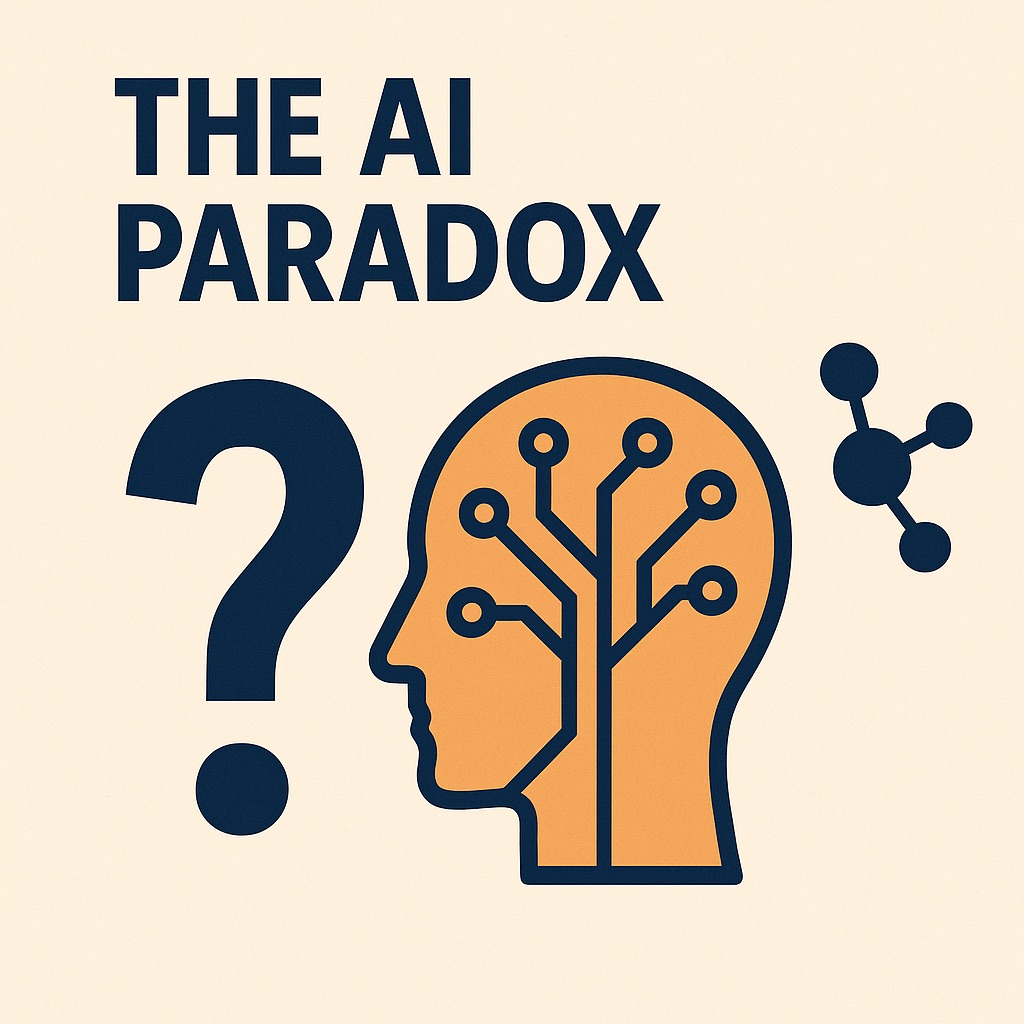
Many organizations today face a silent but deadly crisis: employee disengagement.
This disengagement threatens not just morale—but competitiveness in fast-moving markets.
At the same time, terms like “liberated company” or “agile organization” are increasingly making headlines. But what do they actually mean?
According to Wikipedia, a liberated company is “an organizational form in which employees are entirely free and responsible for the actions they consider best—based on their own judgment, not their boss’s.”
In practice, we’re talking about flat organizations built on:
These companies foster autonomy. Employees feel trusted and recognized, which encourages initiative and engagement.
In agile organizations, the role of the manager shifts dramatically:
Managers focus on creating the conditions for self-managed teams to thrive.
They lead by example and communicate the “Why” of the organization, à la Simon Sinek.
This is the heart of Servant Leadership—where leaders serve their people, not the other way around.
When teams are trusted to self-organize, their motivation and ownership skyrockets.
They become:
Agility emerges not from structure but from trust and empowerment.
These teams are constantly reinventing themselves—learning fast, adapting faster, and adding real value.
According to the Massachusetts Institute of Technology (MIT):
The same research shows that 88% of executives view agility as a key driver of success.
In France, companies like Decathlon, Auchan, and Kiabi have started experimenting with agile principles—with impressive results

Trust.
Without trust, agility remains a buzzword.
With trust, it becomes a catalyst for performance, innovation, and engagement.
Agile transformation isn’t just a structural change—it’s a cultural shift. One that requires:
Let’s talk.
We’d love to explore what agility could mean for your business, and how to design a transformation based on trust, ownership, and growth.


Growth in healthcare isn’t about getting bigger anymore. It’s about getting better — and Europe’s hospitals are showing how. Discover how the next wave of leaders is changing healthcare.


From blame to accountability : how a culture of responsibility boosts care quality, engagement, and performance in healthcare. Let’s talk about this !


AI is everywhere in life sciences. It can design trial protocols in minutes, flag side effects before they appear, and even draft regulatory documents while you sleep.
